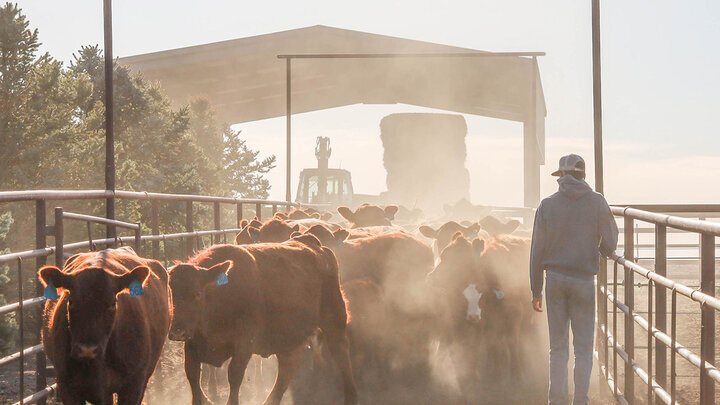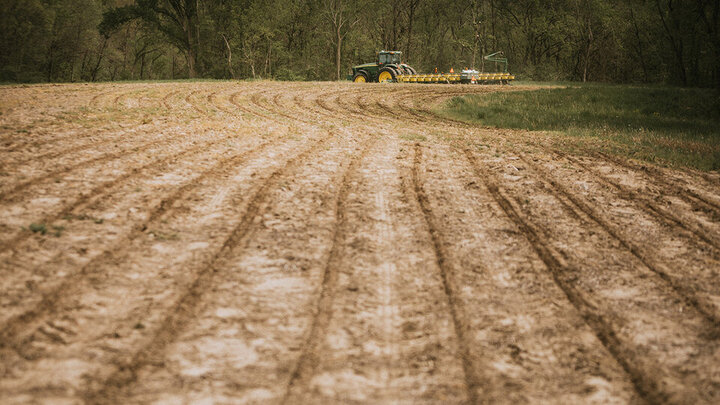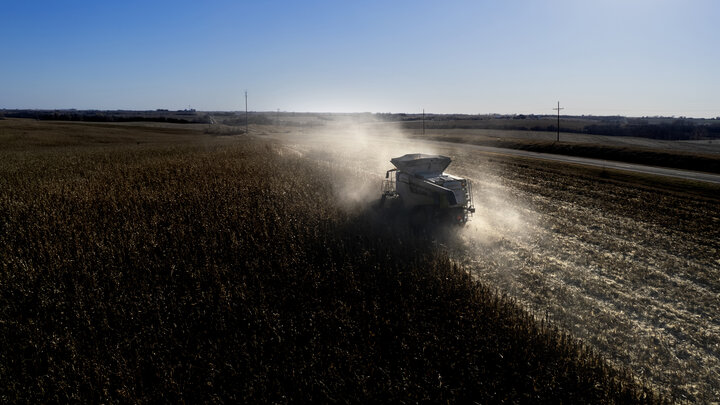Local Events
Morrill County Extension is HIRING a 4-H Assistant

Nebraska Extension in Morrill County, Bridgeport, NE is accepting applications for a full-time position of 4-H Assistant. Applicant must be able to engage youth through diverse learning strategies as well as perform a variety of programmatic and administrative tasks. A bachelor’s degree is required with preferred degree in youth development, education, or closely related field. Preferred experience with youth through other organizations as an employee or volunteer. Previous 4-H or teaching experience. Applicant must be willing to work independently and be productive with minimal daily supervision, time management skills, reliably follow a work schedule and meet deadlines. Organizational skills, written communication proficiency, and positive attitude client skills are required. Application forms and full job description are available at the Morrill County Clerk’s Office or call Sarah Paisley at 308-772-3311. Please deliver cover letter, resume, and completed application to Morrill County Clerk’s Office or mail/deliver to Morrill County Extension Office at PO Box 490, Bridgeport, NE 69336. This position is subject to Veteran's preference. Morrill County is an equal opportunity employer. Position is open until filled.
Seven Tips for Safe and Healthy Holiday Dining
By Ashley Fenning, Nebraska Extension Instructor-Food Nutrition & Health
As the holiday season approaches, many gather with family and friends to share traditional meals. With all the delicious food and the hustle and bustle of the season, it's important to keep food safety in mind to ensure everyone has a joyful and healthy celebration. Here are some essential food safety tips to help make your holiday gathering both safe and memorable.




